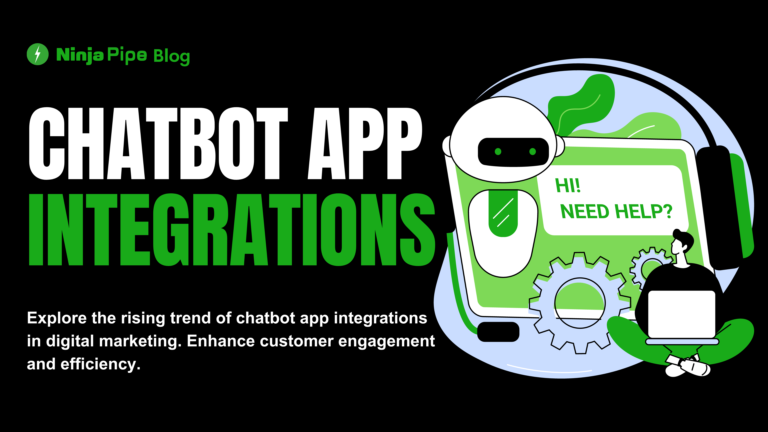Big brands embrace the metaverse, venturing into the virtual realm. Discover the future of digital interaction.
Introduction:
The metaverse, often described as a “3D version of the Internet,” is capturing the imagination of tech enthusiasts and consumers alike. It’s a digital realm where augmented reality (AR) and virtual reality (VR) technologies blend seamlessly, offering people the chance to live a digital life. While the metaverse is still in its early stages, experts predict it will soon become a hub for socializing, entertainment, and much more. In this article, we delve into the growing interest of big-name brands in the metaverse and how AR and VR are shaping this digital frontier.
A Rapidly Growing Virtual World
The adoption of AR and VR is on the rise, especially among younger generations. Projections for 2023 suggest that a whopping 110 million people will engage with AR at least once a month. This marks a significant increase from the 72.8 million users in 2019.

The number of people using AR and VR continues to grow.
Gen Z: Metaverse Natives
The metaverse is not a distant concept for Gen Z; it’s already a part of their digital landscape. Shockingly, statistics reveal that individuals from this generation spend twice as much time interacting socially in the metaverse as they do in the physical world. This generation has a strong desire to see brands establish a presence in this evolving digital realm.
Metaverse Expectations
For Gen Z consumers, the metaverse isn’t just a virtual playground; it’s also a marketplace. One-third of Gen Zers express their wish for brands to create virtual stores within the metaverse, and an additional 30% are open to the idea of brands selling digital skins and apparel for avatars. This presents an exciting opportunity for forward-thinking marketers.
AR and VR Integration
Marketers are quick to embrace AR and VR technologies. Hubspot’s data from 2021 revealed that 35% of marketers were already utilizing AR and VR, with 42% planning to increase their investment in these technologies in 2022.

Users can find many of their favorite brands in the metaverse.
Big-Name Brands in the Metaverse
Over two dozen prominent companies have already ventured into the metaverse with their marketing strategies. Their approaches often revolve around creating immersive experiences, strategic product placements, and the sale of non-fungible tokens (NFTs). However, experts in the tech industry see vast potential for direct-to-avatar sales, opening up new avenues for commerce within this digital realm.
Gucci’s Metaverse Triumph
A shining example of metaverse marketing success is Gucci. In 2021, the renowned fashion retailer launched “Gucci Gardens” within Roblox, a metaverse version of its real-world Gucci Garden Archetypes in Italy. Over 19 million visitors explored this digital space, where they could mingle with avatars, discover the environment, and purchase digital products. Gucci offered a range of accessories, priced from $1.20 to $9, and sold more than 4.5 million items.

The Future of Metaverse Advertising
Predictions suggest that advertising in the metaverse, promoting both real-world and metaverse-oriented products, could become a colossal $586 billion market. Companies like Bidstack, specializing in video game ad tech, are at the forefront of taking traditional billboard advertising into the realms of AR and VR.

Bidstack brings ads to cityscapes, billboards, branded vehicles, buildings, and other surfaces within virtual worlds.
Conclusion:
The metaverse is no longer science fiction; it’s a burgeoning digital frontier with immense potential. As consumers, especially Gen Z, increasingly embrace this virtual world, big-name brands are swiftly adapting their marketing strategies to establish a presence. With AR and VR integration, immersive experiences, and creative marketing initiatives, the metaverse is shaping up to be the next big arena for brand engagement and commerce. As we venture deeper into this digital realm, the possibilities seem limitless, and the future looks exciting for both consumers and marketers alike.








This is the perfect web site for anyone who wants to learn more about this topic.
Thank you for showing interest on our blogs site and articles. will keep posting more interesting articles